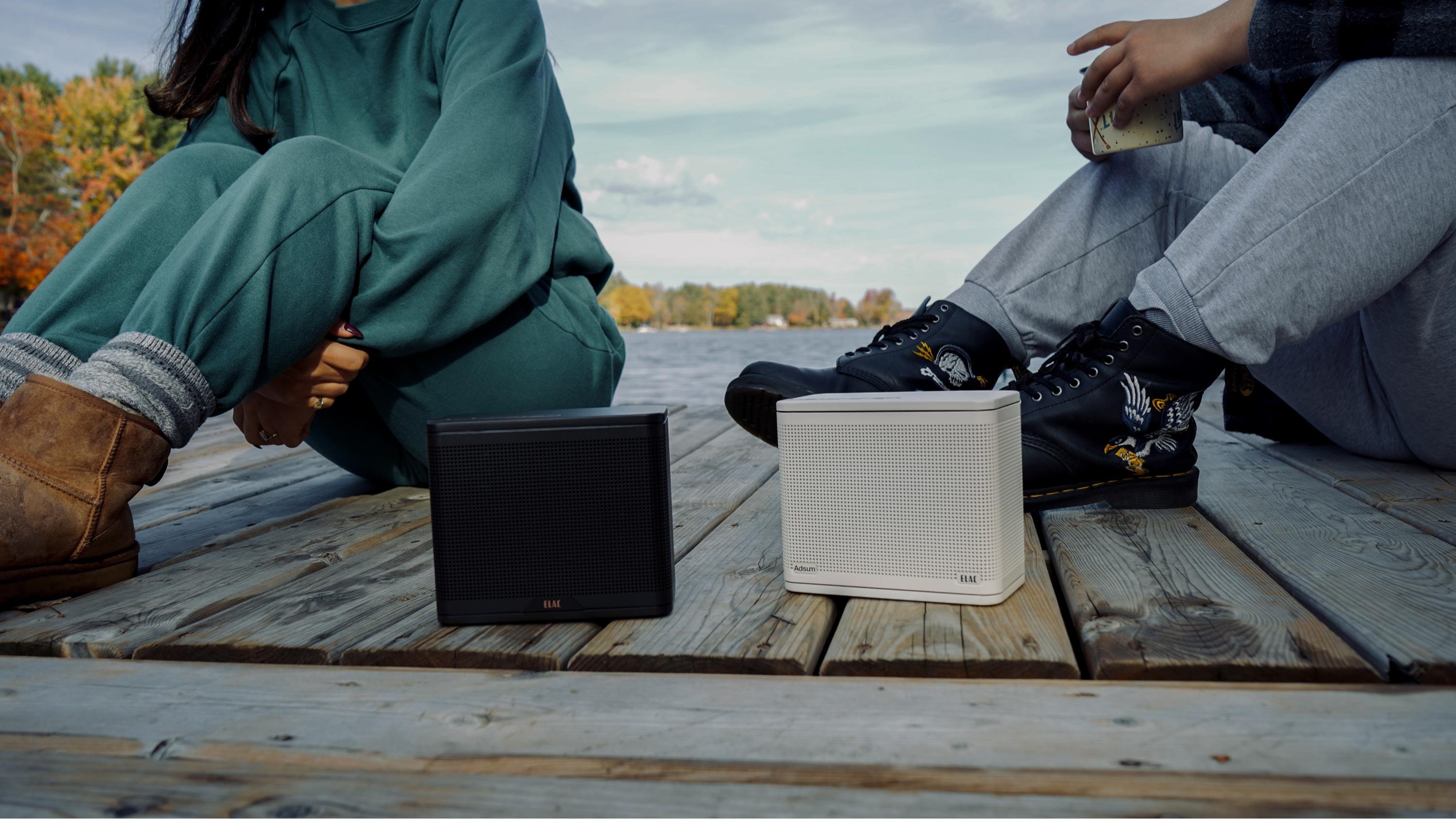This 2016 'box-office bomb' is a must-watch if you love Dolby Atmos as much as I do
This overlooked gem does more with Atmos than many modern blockbusters combined

Most Dolby Atmos movies don’t actually use the height channels a great deal. If you look at the channel activity graphs of Dolby Atmos movies – something I’ve recently found myself doing more than I should probably admit – you find that most show almost constant activity around the five or seven horizontal channels, but only occasional spikes of activity in the height channels. Dune 2 is a good example.
Now, right off the bat, I’m going to point out that this doesn’t mean those are bad Dolby Atmos soundtracks. In fact, the opposite is true – which is why Dune 2 has become a regular tool in our AV receiver and soundbar testing process and is one of the entries on our list of the best Dolby Atmos scenes to test your system. Ultimately, just because height channels are there doesn’t mean they should be used all of the time. In many ways, it makes more sense to save them so that they have the most impact on the occasions they are utilised.
But this does explain why it can be a slight comedown when you go from playing a Dolby Atmos demo clip, which will use the height channels almost constantly for maximum 'cor-blimey' effect, to a movie that takes a more subtle approach.
Thankfully, some movies make more liberal use of the height channels of a Dolby Atmos system, and 2016’s Deepwater Horizon is one that I have only recently discovered.
I realise that some reading this will have seen Deepwater Horizon when it first came out, but while The Hollywood Reporter’s designation of it as a 'box-office bomb' seems somewhat harsh, it is fair to say that it’s a movie that passed a lot of people by, particularly those of us in the UK to whom the real Deepwater Horizon disaster was perhaps slightly less raw.
Said disaster is the catastrophic destruction of the titular Deepwater Horizon drilling rig, which exploded in 2010, claiming the lives of 11 workers and leading to the release of around 210 million litres of oil into the Gulf of Mexico. The movie, which is said to be a pretty accurate retelling of the true events, focuses on the apparent arrogance of the BP executives aboard the rig at the time, the subsequent overriding of safety protocols, the resulting series of huge explosions and some astonishing heroism in the aftermath.
You would think that it’s during the explosions that the Atmos effect is most obvious – and there is certainly a lot going on at that stage of the movie – but there are several great uses of Atmos before then, most notably in the CGI clips of the sea bed, during which you are audibly transported beneath the waves, the muffled bubbles, creaks and a submersible’s propeller filling the room.
The latest hi-fi, home cinema and tech news, reviews, buying advice and deals, direct to your inbox.
What makes Deepwater Horizon particularly unusual, though, is the elongated nature of the Dolby Atmos sections. The disaster begins around the 52-minute mark, with a liquid eruption that through a good system sounds like being at the base of a waterfall. From there it just gets worse for the Deepwater Horizon but better for your system. The explosions come thick and fast, getting steadily more violent and transitioning from liquid to fire, and they are packed with audibly three-dimensional objects and effects, such as debris smashing into glass and pinging off metal struts.
This sequence lasts for about 10 minutes, and you might reasonably expect that the best of the Atmos-ness is over, but if anything the best is yet to come. As a character regains consciousness in the bowels of the rig, the room is filled with the detailed sounds of destruction – a fizzing electrical short over there, dust and plaster just here, a blaring siren over your shoulder and the distant thud of beams and struts collapsing. This is less bombastic than all of the explosive stuff, but it’s arguably more impressive from a 3D audio point of view.
It’s a pretty good film outside the soundtrack, too. John Malkovich’s attempt at a Cajun accent is distractingly poor and the focus on action makes the movie feel a little more lightweight than the tragedy probably deserves, but it’s certainly no stinker that you have to fight your way through to get to those Dolby Atmos goodies.
All of this makes Deepwater Horizon a Dolby Atmos demo disc par excellence, and I highly recommend picking up a copy (the 4K Blu-ray predictably sounds much better than the stream, which I bought from the Apple TV store; but the stream is still good) if you want to put your system through its paces or simply hear it at its best.
MORE:
Here are the best Dolby Atmos movies of the decade so far
Check out our lists of the best Dolby Atmos soundbars and AV receivers
Tom Parsons has been writing about TV, AV and hi-fi products (not to mention plenty of other 'gadgets' and even cars) for over 15 years. He began his career as What Hi-Fi?'s Staff Writer and is now the TV and AV Editor. In between, he worked as Reviews Editor and then Deputy Editor at Stuff, and over the years has had his work featured in publications such as T3, The Telegraph and Louder. He's also appeared on BBC News, BBC World Service, BBC Radio 4 and Sky Swipe. In his spare time Tom is a runner and gamer.

